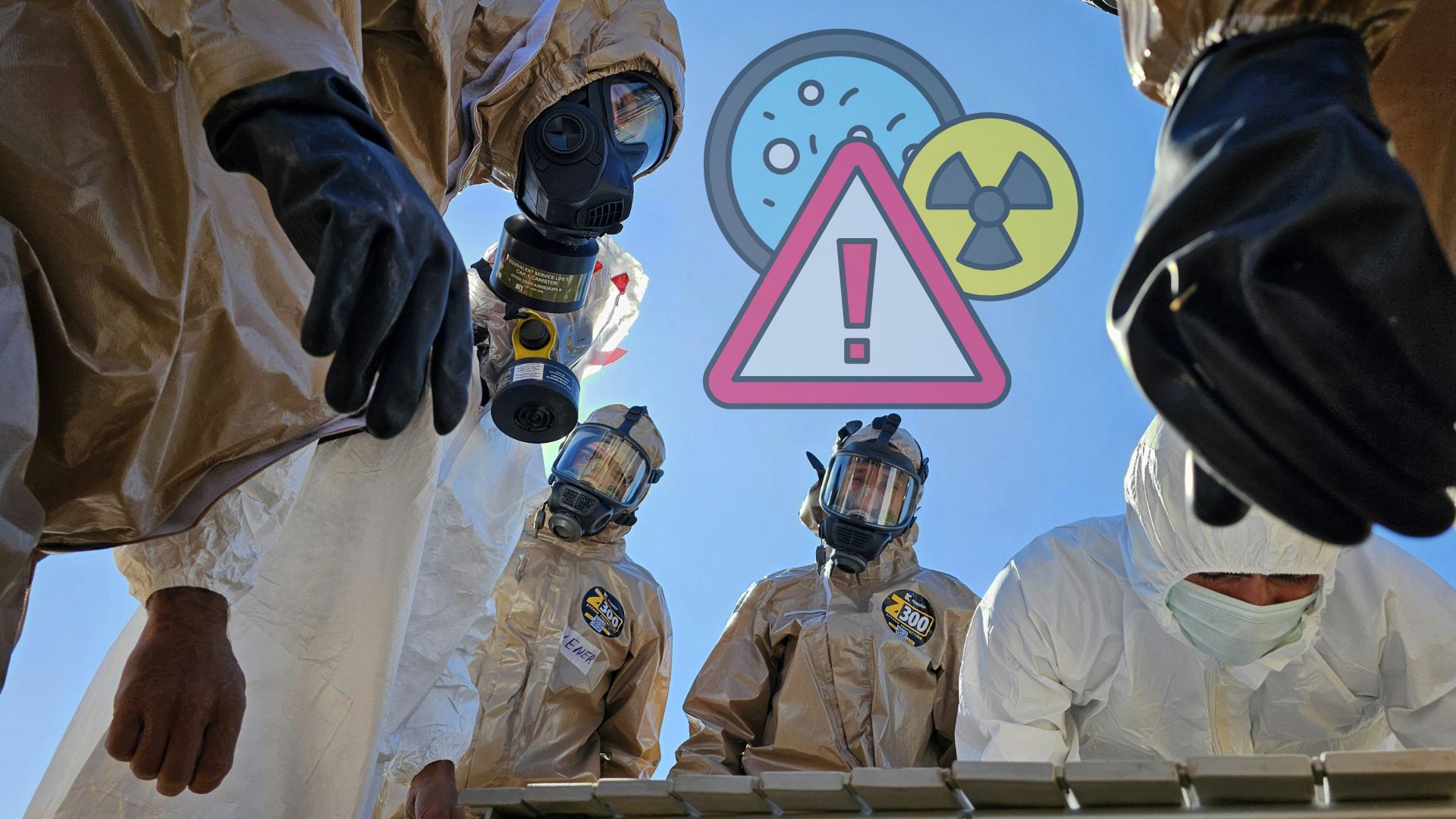The Massachusetts Supreme Judicial Court (SJC) has issued a pivotal ruling in favor of Jeff Stacy, a utility worker who contracted COVID-19 while on the job in 2021. This decision reinforces how workers’ compensation law applies to pandemic-related claims, setting a potential benchmark for similar cases across the country.
A Utility Worker in the Eye of the Pandemic Storm
Jeff Stacy, a lineman for Unitil Corp., found himself at the center of this historic case. While much of Massachusetts was shut down under emergency orders, Stacy’s work was deemed essential, requiring him to maintain the state’s electric grid. But with great responsibility came considerable risk.
During a winter storm in February 2021, Stacy worked long overtime hours in close quarters with his team. Tragically, this exposure proved to be dangerous. Within weeks, eight of Stacy’s 11 team members tested positive for COVID-19. Stacy, who initially tested negative, soon fell severely ill. His condition progressed to hospitalization, ventilator dependency, and long-term health complications, including debilitating shortness of breath and depression. Unable to return to work, Stacy sought workers’ compensation benefits to cover his mounting medical expenses and income loss.
The insurer, Travelers Indemnity Co., denied his claim, arguing that contracting COVID-19 was not an inherent risk of being a lineman. Unwilling to accept the denial, Stacy appealed, leading to a years-long legal battle culminating in the state’s highest court.
What the High Court Decided
The SJC upheld the lower court’s decision to grant Stacy workers’ compensation benefits. Central to their ruling was a 1941 state law stipulating that workers’ compensation must cover infectious diseases if the risk is “inherent” to the worker’s job.
The court reasoned that the extraordinary nature of the pandemic created unique “occupational hazards” for essential workers like Stacy. Working “shoulder to shoulder” with colleagues and sharing confined spaces, such as truck cabs, made Stacy more vulnerable to infection than those in jobs that allowed remote work.
The court also noted that during the peak of the pandemic, Stacy’s work was critical for maintaining statewide power. This essential role, the court argued, put him in harm’s way to an extent unusual for most occupations. It was this “inherent risk” that formed the backbone of the SJC’s decision.
COVID-19 Workers’ Compensation Claims in Context
Stacy’s case is just one example of the legal and regulatory tests faced by workers’ compensation systems nationwide. According to a survey by the Workers Compensation Research Institute, more than 75,000 COVID-19-related claims were filed in 2020 alone, accounting for approximately 7% of all workers’ compensation claims that year.
While some states passed emergency laws making it easier for essential workers to access compensation, others required claimants to provide evidence that infection occurred at work—which, as you can imagine, is like proving where you picked up a needle in a haystack.
Outcomes for COVID-19-related claims varied widely. A journal study of U.S. courts found public safety employees (like healthcare workers and first responders) were more likely to receive benefits than those in less visibly high-risk professions, even when exposed under similar circumstances. Stacy’s victory may challenge these discrepancies and serve as a playbook for employees seeking fair treatment.
Implications for Employers, Insurers, and Workers
Stacy’s triumph is not just about one man. It raises deeper questions about how workers’ compensation laws adapt to public health crises.
- For Employers:
Some fear rulings like this could open the floodgates to more pandemic-related claims, increasing costs and administrative pressures. On the other hand, employers could see this as a lesson in improving protections for essential workers during emergencies. Enhanced safety protocols and hazard pay might prevent such claims in the first place.
-
For Insurers:
Insurers tread a tightrope. There’s the obligation to safeguard their clients’ employees while managing risk exposure responsibly. Clarifying policy language around infectious disease coverage could provide both employers and workers with greater certainty in the future.
- For Workers:
For employees, this decision affirms that even “invisible” injuries like infectious diseases can be recognized as workplace dangers. Essential workers who bore the brunt of pandemic risks may take comfort in knowing the law has their backs in extraordinary times, even when insurers don’t.
Using This Case to Shape Future Policies
This ruling doesn’t just look back at what happened to Jeff Stacy; it points forward to how workplaces can better prepare for future pandemics (and judging by history, there will be more). Employers can integrate lessons from cases like this into thoughtful policies that strike a balance between efficiency and humanity.
For instance, incorporating job-specific hazard analyses for future outbreaks would help. Employers should also focus on providing safer work environments, such as better air purification systems, enhanced personal protective equipment (PPE), and enforceable distancing rules for essential workers.
Insurers, meanwhile, might consider restructuring pandemic coverage into policies that provide automatic triggers for high-risk periods, reducing the kind of quarreling that brought Stacy’s case to court. Workers’ compensation could modernize to reflect not only how jobs are performed, but also the risks those jobs evolve to face.
Finally, the judicial system’s role was pivotal here. Courts legitimized that extraordinary times call for an extraordinary understanding of workers’ rights. And perhaps their decisions are asking the rest of us to stay just as vigilant while finding new ways to support those who keep the lights on—even in the stormiest of times.


